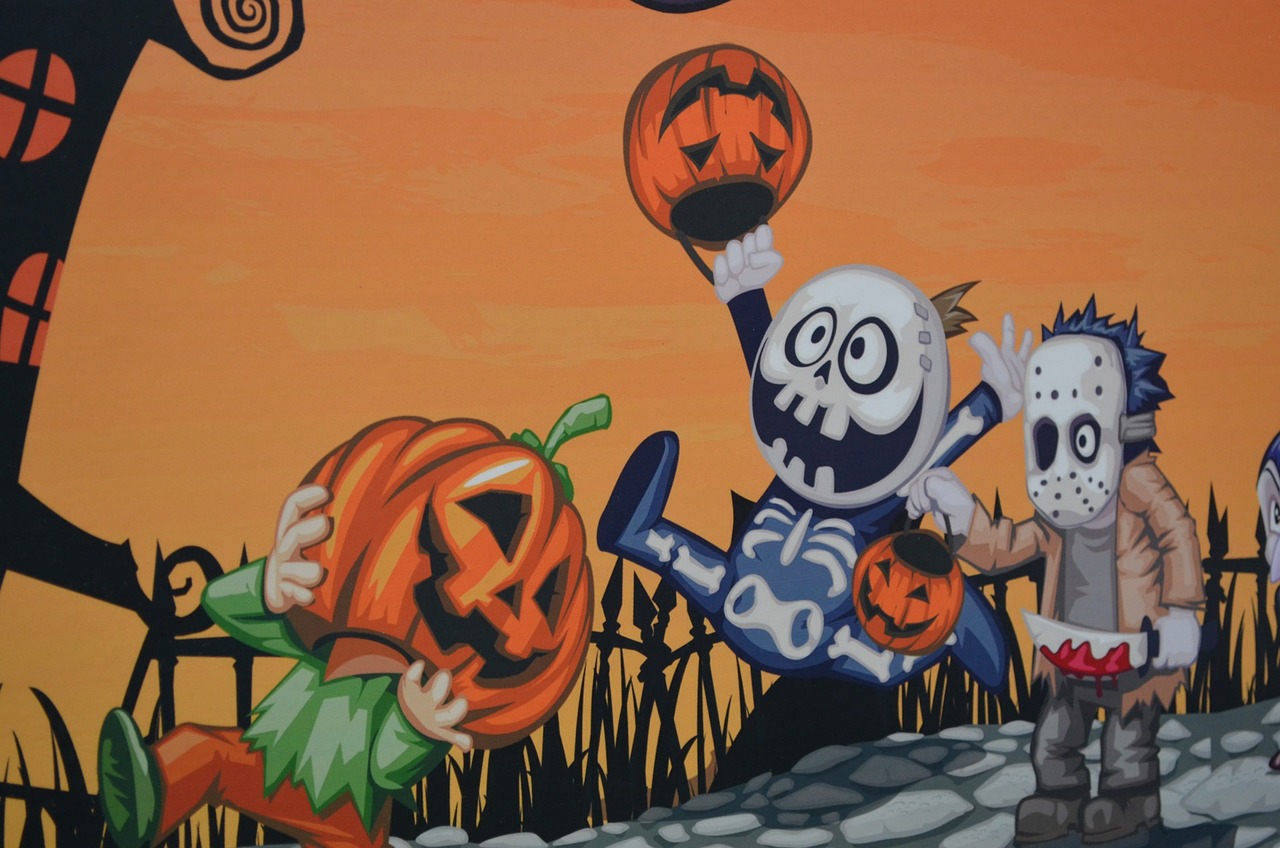
Image by Jill Wellington from Pixabay
Every October 31st, as Halloween night approaches, children across the United States, Canada, and many other parts of the world eagerly dress up in costumes and go door-to-door, uttering the famous phrase: “Trick or treat!” This time-honored Halloween tradition has a history that is both fascinating and deeply rooted in the customs of the past. In this article, we’ll explore why we say “trick or treat” on Halloween and how this spooky tradition has evolved over the years.
The Origins of Halloween
To understand why we say “trick or treat” on Halloween, we need to delve into the history of this eerie holiday. Halloween has its origins in the ancient Celtic festival of Samhain, which marked the end of the harvest season and the beginning of winter. Celts believed that during Samhain, the boundary between the living and the dead was blurred, and spirits could return to Earth.
Trickery and Avoiding Malevolent Spirits
In medieval Europe, there was a belief that malevolent spirits and ghosts roamed the Earth during Halloween night. To avoid being targeted by these otherworldly entities, people would dress in costumes and masks to disguise themselves. They hoped that by doing so, they would blend in with the spirits and avoid any mischief or harm.

Image by PublicDomainPictures from Pixabay
The Tradition of Mischief
Over time, the practice of dressing up on Halloween evolved into something known as “guising” or “souling.” During the late medieval period, children and adults would go door-to-door, wearing costumes and asking for food, money, or ale in exchange for songs, prayers, or performances. This practice was an early form of what we now call “trick or treating.”
The Phrase “Trick or Treat” Emerges
The phrase “trick or treat” itself can be traced back to the early 20th century in North America. It is believed to have been popularized in the 1920s and 1930s. During this time, Halloween began to shift from a primarily adult-focused holiday to one that was increasingly centered around children. The phrase “trick or treat” was a playful way for youngsters to request treats from their neighbors, with the implied threat of a prank or trick if they didn’t receive any.
The Modern Tradition
Today, the tradition of “trick or treating” on Halloween has become a beloved and widespread custom. Children of all ages dress up in costumes, visit neighbors’ homes, and eagerly collect candy and treats. The “trick” part of the phrase has largely become a lighthearted threat rather than a serious act of mischief, although some pranks may still occur.
The phrase “trick or treat” on Halloween has a rich history that dates back centuries and has evolved over time. What began as a way to ward off malevolent spirits has transformed into a delightful and cherished tradition enjoyed by children and adults alike. So, as you prepare for this year’s Halloween festivities, remember the origins of “trick or treat” and enjoy the spooky, fun-filled night with costumes, candy, and a dash of playful trickery.





